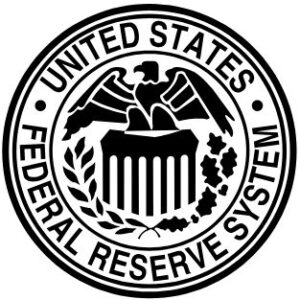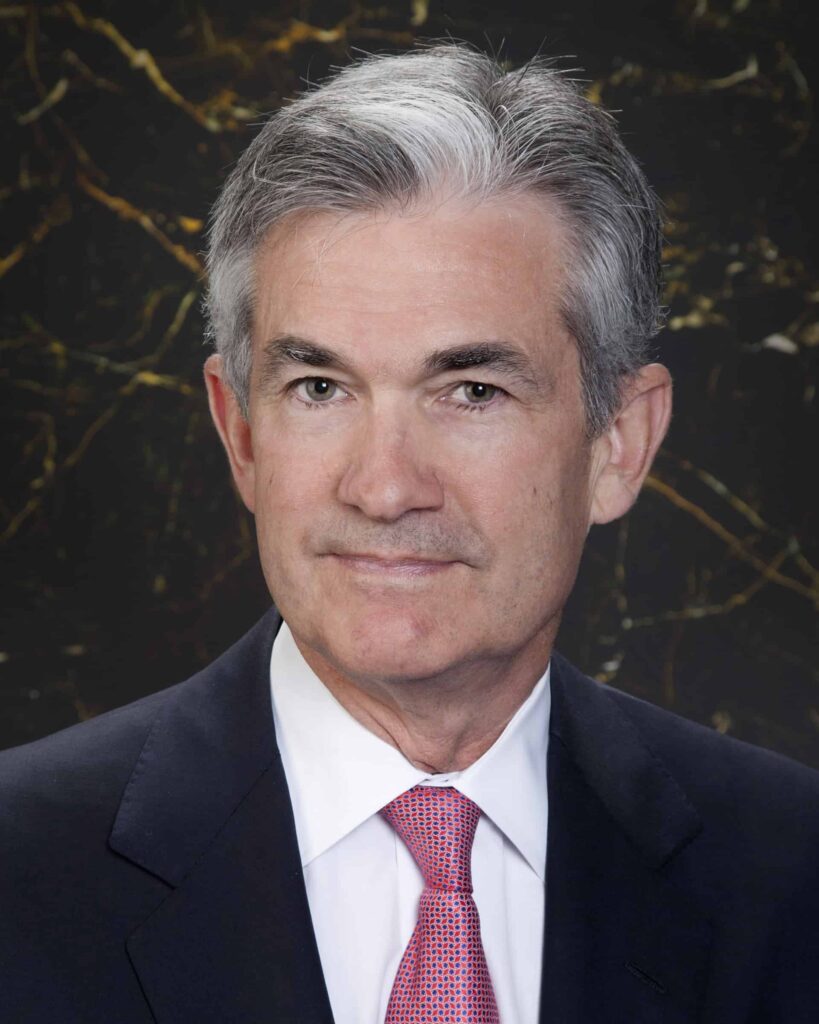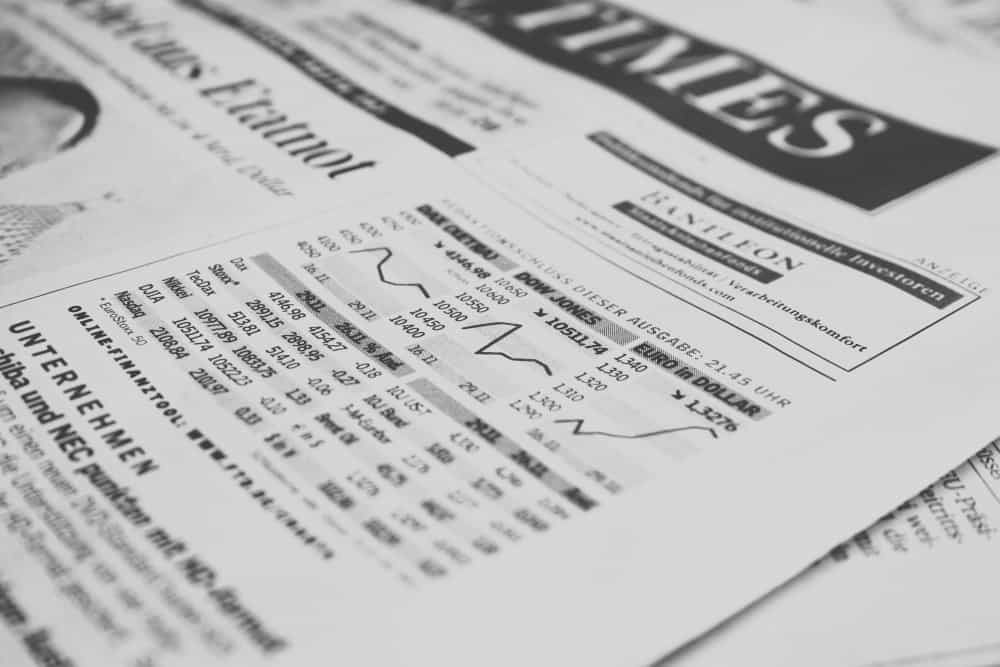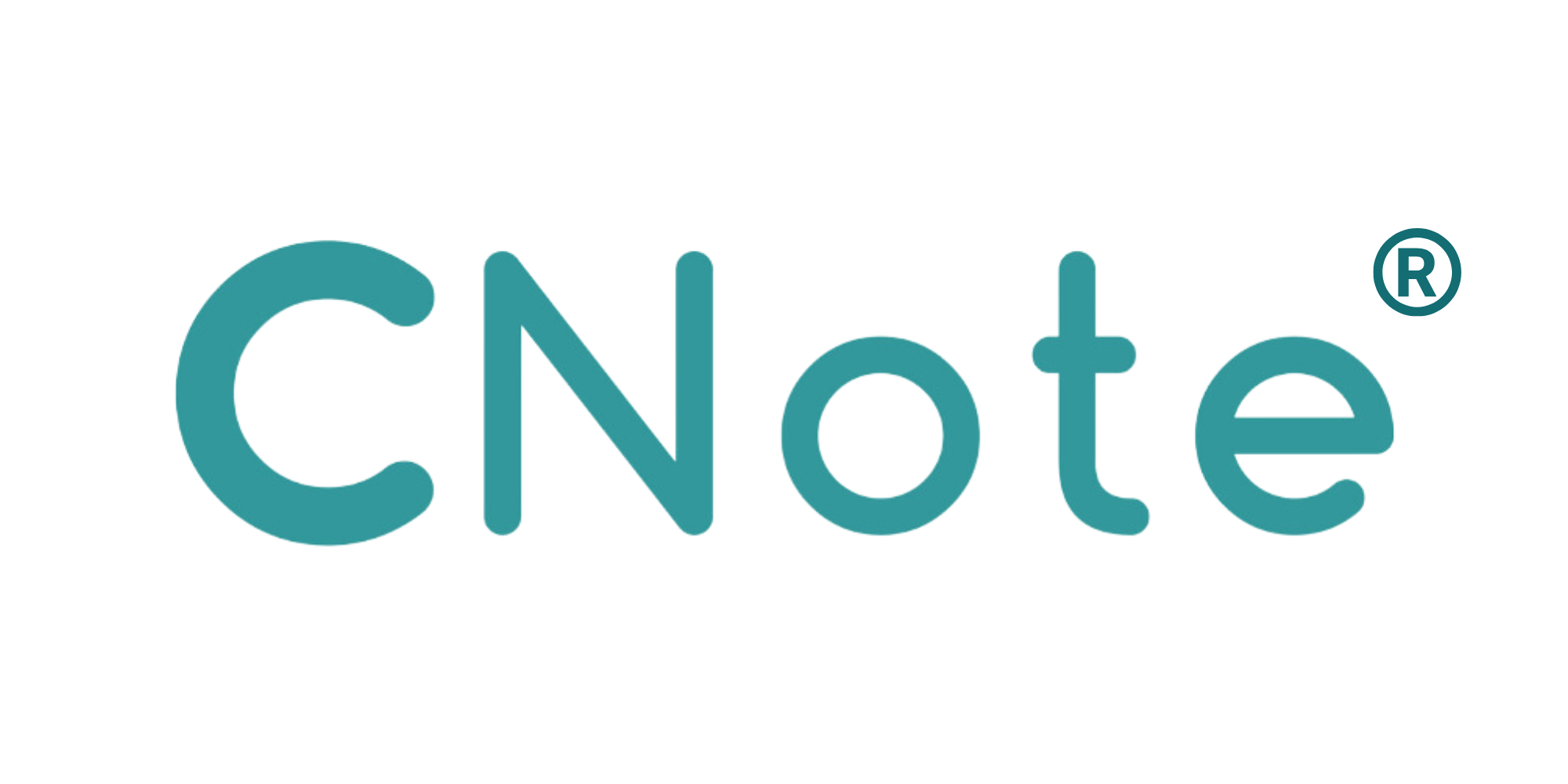If you’ve tuned into financial news at all lately, no doubt you’ve heard that the United States Federal Reserve has continued to slowly but steadily “hike” the interest rate. In September 2018, the third of four planned increases on the year resulted in an effective interest rate in the range of 2.00%-2.25%, the highest since immediately prior to the financial crisis of 2008.
But what does the Federal Reserve actually do and how does it control interest rates? And, most importantly, what do higher interest rates mean for you?
The Federal Reserve
The United States Federal Reserve System, colloquially referred to as “the Fed,” is the central banking system of the United States. It is a quasi-private entity that operates within the federal government and is comprised of twelve regional Federal Reserve Banks, a board of governors, the Federal Open Market Committee (FOMC), and thousands of member banks on the state level.

The Fed’s key roles are defined in its so-called dual mandate, which stresses the promotion of full employment and price stabilization as the major objectives of the Fed’s monetary policy. The responsibilities of the Fed have grown in the century-plus since its 1913 inception to include the regulation of banking institutions and facilitating foreign exchange of payments. To that end, the Fed engages in oversight and control over the entire financial system in an attempt to pursue its policy objectives.
The manipulation of interest rates is a principal tool by which the Fed attempts to control macroeconomic indicators such as unemployment and inflation. Fed actions in monetary policy have significant and far-reaching impacts, affecting everything from the cost of paying off credit card debt to the prices of goods on store shelves. Therefore, it is important to understand why and how the Fed controls the interest rate as well as the ultimate effects of their policies.
The Importance of Interest Rates
The interest rate represents the time value of money. Since humans tend to value present goods higher than future goods, lenders must be paid back more in the future in order to part with money today. The additional sum of money that the borrower later pays back to the lender is some fraction of the principle of the loan, which in percentage terms is the interest rate.

Here’s a simple mathematical example to drive the point home. Imagine you borrow $1,000 from a bank today with the promise to pay the sum back one year later at a 10% annual interest rate. In one year, you will not only return the $1,000 you initially borrowed, but an additional $100 to compensate the bank for the value of time between receiving the cash and paying it back. While you receive $1,000, you pay back $1,100 at the end of the loan period to compensate the bank for the time value of the money you borrowed for the duration of one year.
Interest rates are thus an essential indicator of the total savings in the economy. Absent intervention from a central bank, less savings means more demand for whatever credit is available, which pushes the interest rate higher. On the other hand, more savings means that credit is more plentiful, resulting in a lower interest rate.
In that way, interests rates are the key signal for business owners and entrepreneurs to determine if pursuing a given economic project is feasible given the cost of borrowing. If credit is expensive at higher interest rates, those pursuing stable, shorter-term projects are more likely to afford the high cost of credit than those with riskier long-term projects in mind. In the event that interest rates are low from a genuinely high pool of real savings, entrepreneurs who otherwise could not have been able to afford the cost of borrowing might now be able to acquire the capital required to kick off their projects.
The Fed and Interest Rates
So why does the Fed bother with the interest rate in the first place? The answer lies in the aforementioned dual mandate. The Fed believes that it can use the interest rate as a lever to pursue its policy objectives of both low unemployment and low inflation.
In simple terms, the Fed’s basic operating theory states that the interest rate should be lowered in times of economic distress to encourage the availability of cheap credit and thereby increase aggregate borrowing and investment. Conversely, when there are fears of an “overheating” economy, the interest rate should be raised to act as a speed-bump in containing a potential outbreak of inflation above the Fed’s target of around two percent.
To hear in the news that the Fed is raising interest rates may evoke the idea that the FOMC simply declares a new rate to be in effect. This is partly true, but there is an actual mechanism by which the Fed exerts pressure on interest rates beyond simply declaring what they would like to see.
How the Fed Controls Interest Rates
The federal funds rate (FFR) is the overnight interbank lending rank. Every night, each bank and depository institution must meet the reserve requirement ratio set forth by the Fed. Banks with reserve ratios in excess of the current requirement will lend at the FFR to banks who are short in cash balances.
This is where things become quite technical, but don’t worry if you find it difficult to follow the exact mechanism. The most important thing to understand is that the Fed does manage to control the interest rate as they intend and that these manipulations have very real consequences on main street, which will be discussed in the next section.

First of all, the Fed will set a federal funds target rate, such as the 2.00-2.25% range of September 2018. This is the number that is commonly reported in the media but is not the precise interest rate at any given time. In order to actualize the target rate, the Fed will engage in reverse repurchase agreements with money-market mutual funds, selling treasuries with the promise to buy them back on the next day at a certain rate. That repo rate is the lower bound (2.00%) of the federal funds effective rate. The Fed will then set a higher rate on the interest they pay on excess bank reserves, which serves as the upper bound (2.25%) of the federal funds rate range. The federal funds effective rate is the resulting interest rate that borrowing banks pay to lending banks to maintain adequate reserves.
If the effective rate at which banks lend overnight reserves to each other diverges from the federal funds target range, the Fed will then use open-market operations to change the supply of money in the economy and subsequently bring the interest rate in line with their target rates. It is called expansionary monetary policy when the Fed makes large-scale purchases of treasuries, thereby increasing the supply of money in the economy and pushing down interest rates. Conversely, contractionary monetary policy occurs when the Fed sells treasuries back into the market and sucks dollars out of the economy, raising interest rates as money supply decreases.
The Fed is likely to employ expansionary monetary policy when there is an economic downturn and unemployment is rising. Since lower interest rates mean a lower cost of borrowing, it follows that more borrowing and subsequent economic activity will occur than would have otherwise. In the event of a booming economy with low unemployment but fears of increasing price inflation, the Fed will enact contractionary monetary policy to restrict economic activity and “cool down” the economy, so to speak.
Consequences of Rising Interest Rates
As previously mentioned, rising interest rates usually lead to a contraction in economic activity. Since it becomes more expensive to borrow money, fewer projects will be economically feasible and macroeconomic metrics such as employment and GDP will tend to be lower as a result. The stock market also takes a hit, as the higher costs of both taking on and paying down debt works against corporations. At the same time, consumers are likely to save more than before in response to higher money-market savings rates and consequently spend less on goods and services. Finally, the increase in Treasury rates attracts investors to low-risk government bonds and leaves corporate bonds comparatively in the cold.
A higher federal funds rate also impacts the micro-economy in a very real way. Following an increase in the prime rate, the interest rate that banks extend to their most credit-worthy customers will also increase. Many variable-rate loans signed under a low-interest rate environment may become untenable as rates rise and the cost of carrying the debt exceeds the capacity for the borrower to cover the interest payment. Such credit defaults significantly decrease the value of any collateral behind the now-defunct loans as well, which can be economically crippling if major sectors, such as housing, suffer in a systematic fashion.
There is yet another very serious impact resulting from a change in interest rates, although there is little any single person can do about it. Given that the substantial national debt already assumed by the US government is increasing by the second, an increase in interest rates also increases the cost of the interest payments required to pay down the outstanding debt. As the burden of maintaining the national debt increases, fewer Federal funds are available for such outlays as infrastructure or education, which can have a very real impact at the local level.
The Effects of Rising Interest Rates on You
As already mentioned, the Fed’s manipulation of interest rates affects the economy in such a pervasive way that is virtually impossible to avoid experiencing some of the repercussions. For instance, by changing the price of borrowing, the different incentives for individuals to either save or consume leads to changes in demand and, consequently, the prices of consumer goods. These higher prices can appear anywhere from the gas pump to the grocery store, although financial assets like stocks seem to be most strongly correlated with Fed activities.
Since most credit cards charge a variable interest rate, any change in the federal funds rate also ends up affecting the cost of borrowing on a credit card. For that reason, it is usually advisable to lock in the terms of any credit repayment before an expected increase in interest rates. Otherwise, you might find yourself facing a higher interest rate when paying down any accrued debts.

In fact, anything that has a variable interest rate attached, such as many automobile loans or lines of credit, are likely to be affected by Fed policy. Conversely, fixed-rate loans like home mortgages will remain unaffected by changes in the interest rate, although homeowners looking to purchase a new mortgage will certainly be affected, for better or worse.
Conclusion
While the process by which the Federal Reserve manipulates interest rates is complicated and somewhat esoteric, the effects are significant and felt by everyone. If you hold any variable rate debt, changes in the interest rate brought about by the Fed might make all the difference between comfortably paying it off over time or squeezing every penny to keep up with the interest payments. While the boon to savers is nice, those who have made a habit of borrowing extensively in a low-interest rate environment will be in for a shock as projects that initially looked appealing no longer seem economically feasible and must be abandoned.
One more rate hike on the year is expected to come out of the December 18-19 FOMC meeting, but only time will tell if the Fed will follow through with it in the face of the recent turmoil in the stock market. We can be sure, however, that whatever decision they come to will have very real consequences for millions of Americans.

